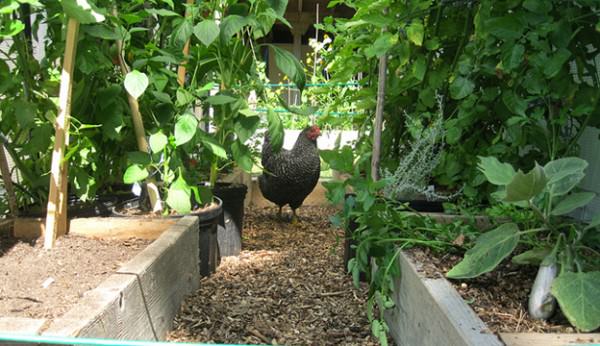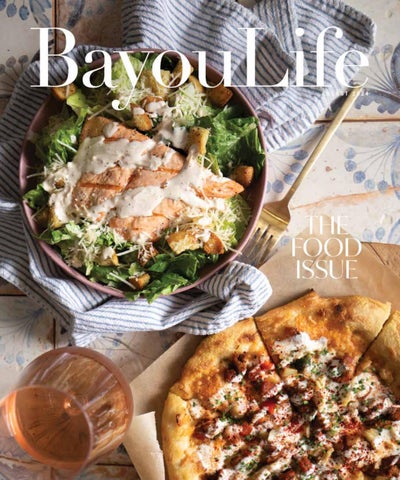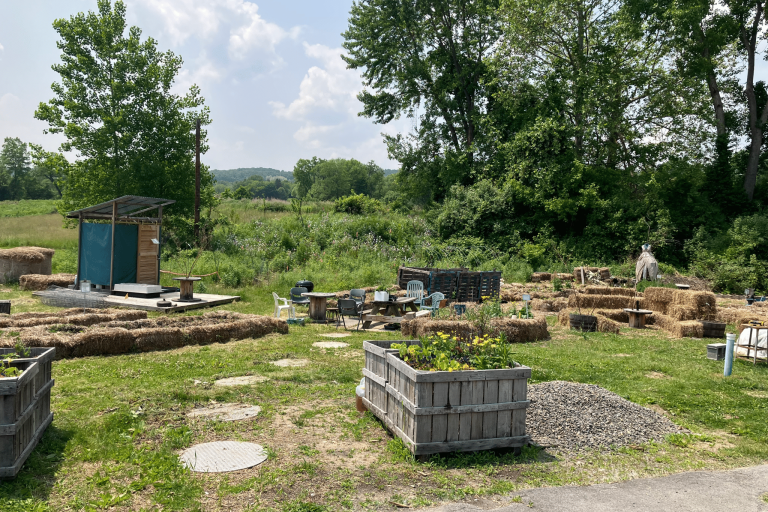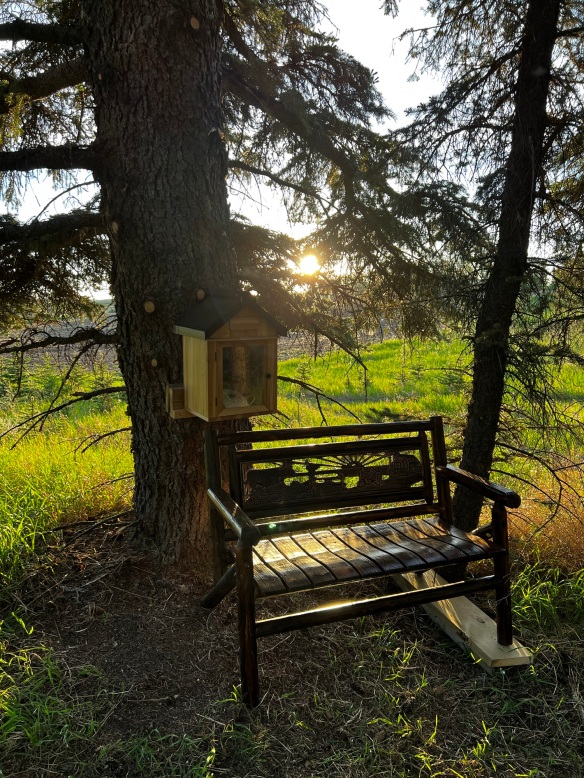
From Field to Farmhouse: Decorating Your Kitchen with Foraged Finds
Is there anything more charming than a farmhouse kitchen, radiating warmth and authenticity? At Better Homes and Harvests, we believe that the most beautiful homes are those that reflect a deep connection to nature and sustainable living. One of the easiest and most rewarding ways to bring that connection into your kitchen is by decorating with foraged natural materials. Think beyond manufactured items and embrace the beauty of dried wildflowers, artfully arranged branches, and handwoven baskets. Let's explore how to transform your kitchen into a rustic haven using treasures found right in your own backyard (or a nearby field!).
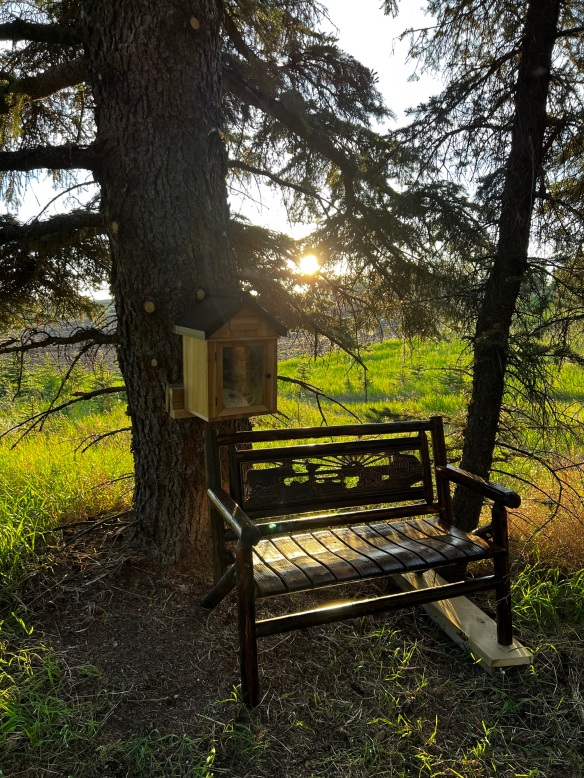
The Allure of Foraged Farmhouse Kitchen Decor
What makes foraged decor so special? Firstly, it's incredibly sustainable. By using what nature provides, we reduce our reliance on mass-produced items and minimize our environmental impact, aligning perfectly with the homesteading lifestyle. Secondly, foraged items are inherently unique. No two branches are exactly alike, and the slight imperfections of handwoven baskets add character and charm that you simply can't replicate with store-bought decorations. This authenticity creates a space that truly feels like home. Using foraged materials for farmhouse kitchen decor allows you to infuse a bit of your local landscape inside your home, connecting you with the seasons and the natural world.
Crafting a Dried Flower Centerpiece: A Touch of Wild Beauty
Dried flower arrangements are a classic element of farmhouse kitchen decor, and they’re surprisingly easy to create. Begin by gathering wildflowers during their peak bloom. Consider varieties like lavender, daisies, goldenrod, and hydrangeas – each lends its unique color and texture to your arrangements. Before foraging, double-check local regulations and ensure you're not harvesting protected species or trespassing on private property. Next, dry your foraged bounty. The simplest method is to bundle the stems together, tie them with twine, and hang them upside down in a dark, dry, and well-ventilated area for several weeks. Once fully dried, arrange your wildflowers in a vintage vase or mason jar. For a more rustic look, consider using a chipped enamelware pitcher. Experiment with different heights and textures to create a visually appealing centerpiece. Display it on your kitchen table or island for a pop of color and natural beauty. Remember to keep your arrangement away from direct sunlight to prevent fading.
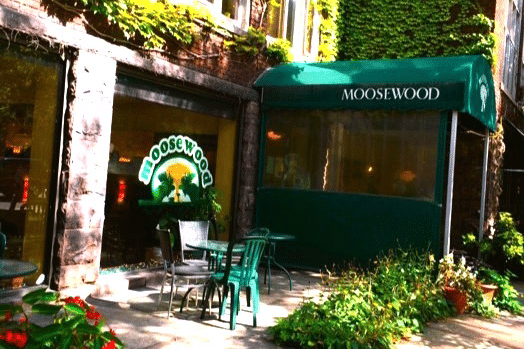
Branches and Rustic Vases: Bringing the Outdoors In
Branches can add a striking architectural element to your farmhouse kitchen decor. Look for interesting shapes and textures in fallen branches – avoid cutting live branches whenever possible. Consider using branches from trees like birch, willow, or maple. Before bringing them inside, clean the branches thoroughly to remove any dirt or insects. Choose a sturdy vase that complements the natural aesthetic. A large earthenware jug or a galvanized bucket works beautifully. Arrange the branches artfully in the vase, allowing them to spread out and create a visually dynamic display. You can also add other foraged elements, such as dried seed pods or pinecones, to enhance the rustic appeal. Place the vase on your kitchen countertop or a shelf to create a focal point. Be mindful of the size of the arrangement in relation to your kitchen space, ensuring it doesn't obstruct pathways or countertops.

Woven Baskets: Practicality Meets Rustic Charm
Woven baskets are not only beautiful but also incredibly practical for organizing your farmhouse kitchen. Forage for wild vines like honeysuckle or willow (again, checking regulations and avoiding private land), or source ethically made baskets from local artisans. Use them to store fruits and vegetables, kitchen linens, or even cookbooks. The natural texture of the baskets adds warmth and character to the space. Hang smaller baskets on the wall as decorative accents or use larger baskets as floor storage for items like firewood (if you have a wood-burning stove). When choosing baskets, consider the overall color palette of your kitchen and opt for neutral tones or earthy hues that complement the existing decor. You can also add personal touches to your baskets, such as attaching a small tag with the contents labeled in a handwritten font. Remember to clean your baskets regularly to prevent dust and dirt buildup.

Safety Considerations
While foraging for natural materials is a wonderful way to decorate your farmhouse kitchen sustainably, it's important to prioritize safety. Before bringing any foraged items into your kitchen, be absolutely certain that they are non-toxic. Some plants and berries are poisonous and should never be used for decoration, especially in areas where children or pets might have access. Thoroughly clean all foraged items to remove dirt, insects, and potential allergens. When using branches, be mindful of sharp edges or splinters. Finally, be aware of fire hazards, especially when using dried materials near a stove or open flame.
Embrace the Beauty of Imperfection
Decorating with foraged materials is about embracing the beauty of imperfection. It's about creating a space that reflects your unique connection to nature and your commitment to sustainable living. Don't strive for perfection; instead, celebrate the natural variations and textures that make each foraged item special. By incorporating dried wildflowers, artfully arranged branches, and handwoven baskets into your farmhouse kitchen decor, you can create a space that is not only beautiful but also deeply meaningful.

Your Turn: Share Your Foraged Creations!
We hope this post has inspired you to explore the world of foraged farmhouse kitchen decor. Now, we want to hear from you! Share your own creations and tips in the comments below. What are your favorite foraged materials to use in your kitchen? Do you have any unique drying or arranging techniques to share? Let's build a community of homesteaders who are passionate about sustainable and beautiful home decor. Don’t forget to tag us in your social media posts using #BetterHomesAndHarvests #ForagedFarmhouse #SustainableDecor so we can see your beautiful kitchens!

